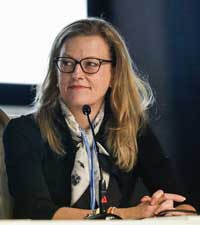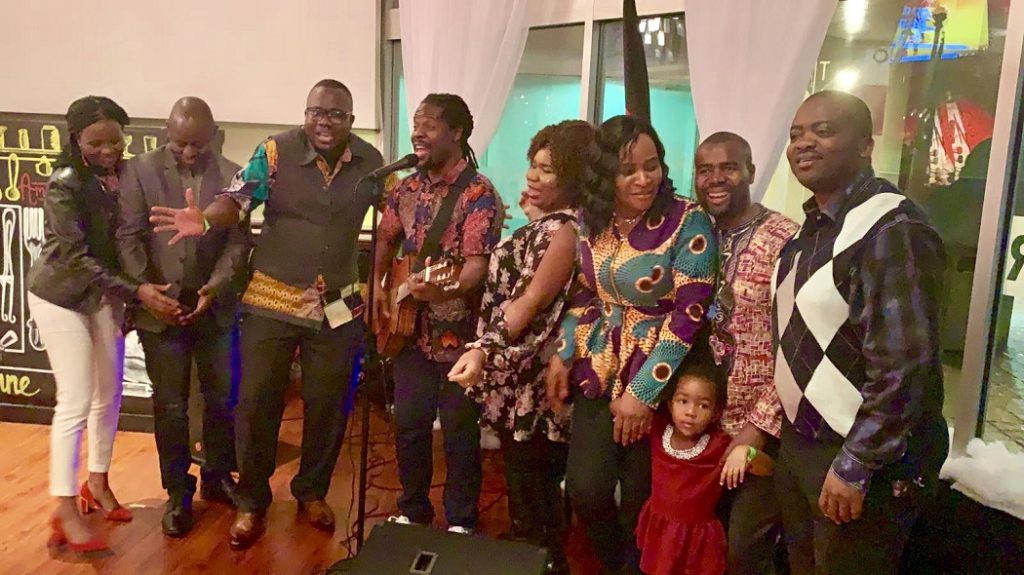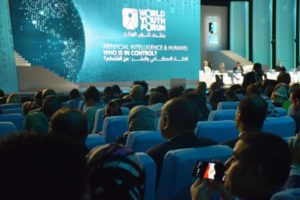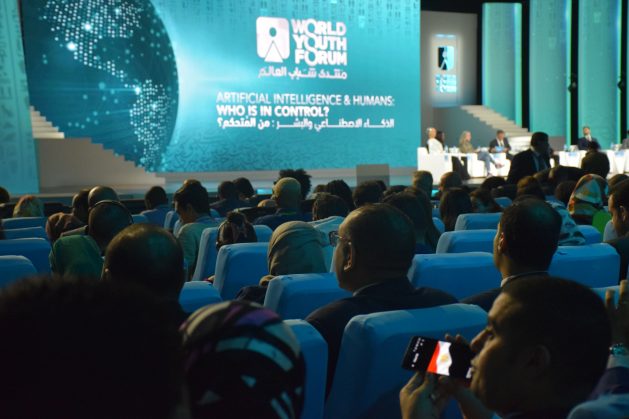
Climate Change, Conferences, Development & Aid, Economy & Trade, Energy, Environment, Global, Green Economy, Headlines, Labour, TerraViva United Nations
Fenella Aouane, Principal Green Finance Specialist, Investment and Policy Solutions Division, Global Green Growth Institute (GGGI)
– One of the main discussions at the COP25 climate change talks was Article 6, which is designed to provide financial support to emerging economies and developing countries to help them reduce emissions by using global carbon markets. Carbon pricing is an essential piece of the puzzle to curb emissions. Without a value on carbon, there is less incentive to make positive changes, especially in the private sector. The most efficient way to carry this forward is to allow trading of carbon both nationally and internationally, which will ensure the lowest cost of mitigation for participants globally.

Fenella Aouane
The COP25 negotiations in Madrid have largely been dominated by Article 6 negotiations on potential carbon markets as they are perceived by many, including businesses, as a way to generate financial flows to emerging economies and developing countries, and to reduce emissions at the lowest possible cost. Thus, it’s crucial to adopt decisions on Article 6 as rules need to be set to show how such markets will operate – this is the guidance the Article 6 rulebook will create. The sooner the better, overall mitigation in global emissions (OMGE) will be possible under the Paris Agreement through international carbon trading with aspects such as corresponding adjustments, which were lacking under the Kyoto Protocol. Carbon markets are a way to not only manage mitigation emissions cuts, but help to find the lowest cost and therefore a strong motivator for implementing international efforts.
The Global Green Growth Institute (GGGI), a Seoul-based treaty-based international, inter-governmental organization that supports emerging economies and developing country governments transition to a model of economic growth that is environmentally sustainable and socially inclusive, is already involved in several programs, funded by developed country governments such as Norway and Sweden. GGGI is working with the Norwegian Ministry of Climate and Environment on wider policy approaches, which have been made possible under Article 6 of the Paris Agreement through cooperative approaches. This program looks at helping its member and partner governments to identify areas above their Nationally Determined Contribution (NDC) targets, where emissions reductions directly resulting from policy interventions are quantified and transacted. This creates a flow of carbon finance, in exchange for the transfer of the resultant internationally transferred mitigation outcomes (ITMOs). These programs will not only create ITMO transactions but also set up the lasting infrastructure needed for countries to be able to govern and properly account for future transfers, ensuring environmental integrity and transparency.
GGGI has a key role to play. A further good example is GGGI’s recent collaboration with the Swedish Energy Agency (SEA). The two organizations will work together to catalyze international trading of mitigation outcomes in support of the increased climate ambitions needed under the Paris Agreement. Through a joint cooperation, SEA and GGGI will identify and structure mitigation activities and support the establishment of governance frameworks within host countries as required under the developing rulebook of Article 6 of the Paris Agreement, with the goal of completing ITMO transactions.
Although specific rules related to cooperative approaches under Article 6 have yet to be codified, Article 6 aims at supporting the authorization of international emissions trades while avoiding double counting and ensuring environmental integrity, permitting the movement of the related emission reductions between registries, and better linking national emission trading schemes, project-level transactions, and cooperative approaches.
What next? Carbon markets can and should be seen as an opportunity to lower the cost of cutting greenhouse gas emissions and enabling countries to commit to more ambitious targets. At next year’s Glasgow climate change conference, countries need to come forward with more ambitious Nationally Determined Contributions. GGGI’s work on pioneering designs for international carbon transactions over 2020 will help shape how the carbon markets can contribute to this increased ambition. It has also made the 2020 NDCs a priority in support of its Members and will ensure that there is strong support to deliver this next year. We need to come to Glasgow with concrete plans and steps. However, tackling climate change cannot be solved by one government alone. There needs to be high-level political commitment and collective action – these are a must.




